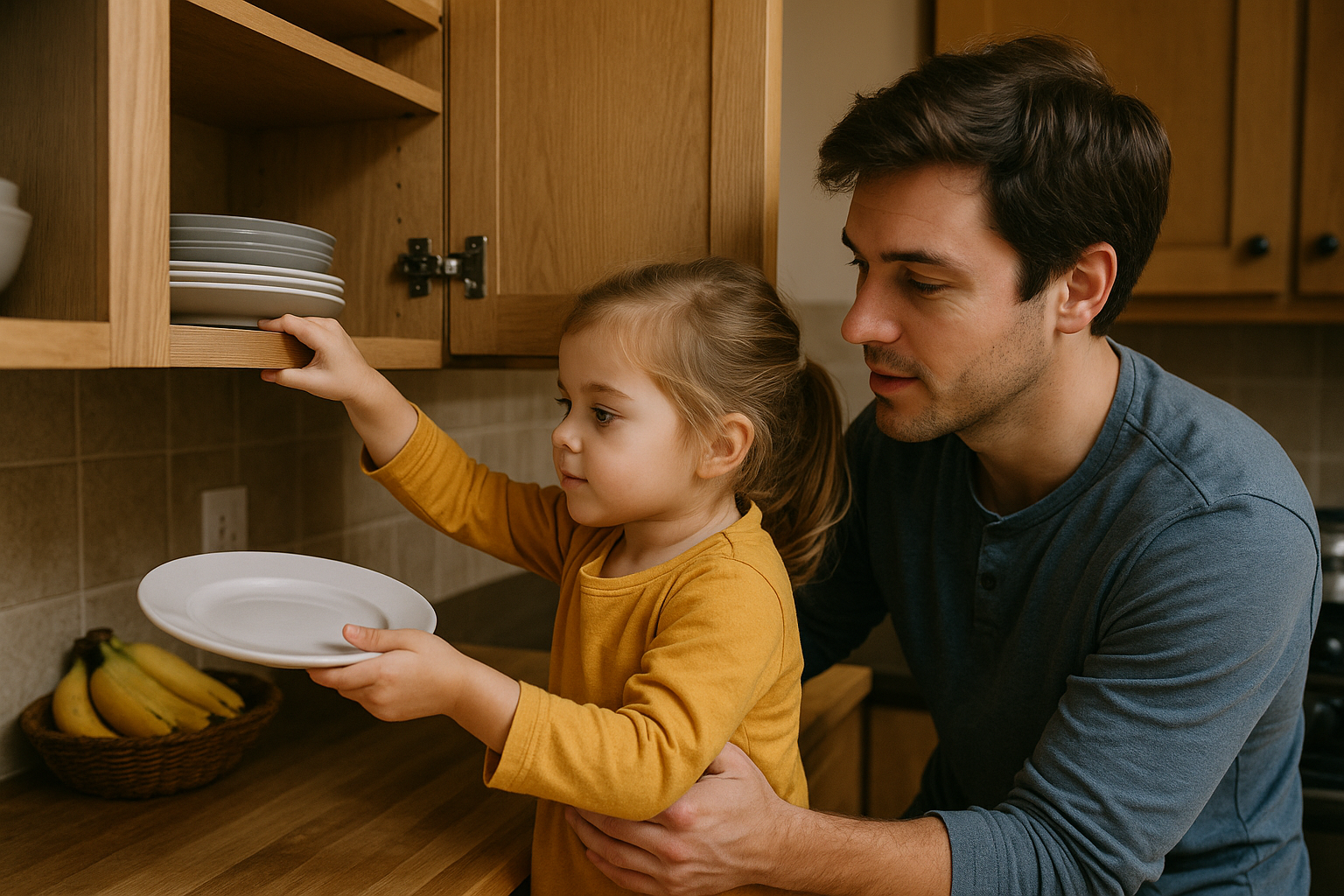Teaching children responsibility is one of the most valuable lessons parents and caregivers can offer. Responsibility empowers kids to make thoughtful choices, take ownership of their actions, and build trust in themselves and others. And the best part? You don’t need to wait until they’re older—children as young as toddlers can begin learning age-appropriate responsibilities.
This article offers simple, practical tips to instill responsibility from an early age in a way that’s positive, natural, and part of everyday life.
Why Responsibility Matters
Responsibility is more than just chores. It’s about developing:
- Self-discipline
- Independence
- Accountability
- Problem-solving skills
- Confidence
When children learn responsibility early, they become more prepared for real-life challenges and can contribute meaningfully to family and community life.
Start Small and Age-Appropriate
Giving your child responsibility doesn’t mean overloading them. Start with small tasks that match their age and development.
Toddlers (2–3 years old):
- Putting toys back in the bin
- Placing dirty clothes in the hamper
- Throwing away trash
- Helping wipe up small spills
Preschoolers (4–5 years old):
- Feeding pets with supervision
- Helping set the table
- Watering plants
- Putting clothes in drawers
Early School Age (6–8 years old):
- Packing their own backpack
- Making simple snacks
- Organizing homework station
- Taking care of their hygiene routine
The key is consistency—what starts as help will become habit over time.
Use Encouragement Over Expectation
Children are more likely to take responsibility when it feels rewarding, not forced. Instead of demanding, try encouraging:
- “Can you be my special helper and feed the dog today?”
- “You’re getting really good at picking up your toys on your own!”
Avoid framing tasks as punishments or burdens. Make it feel like a positive contribution to the family.
Create Visual Charts or Checklists
For younger children, visual reminders work wonders. A simple chore chart with images can make them feel independent and capable.
For older children, use written checklists or planners they can check off themselves. This adds a sense of ownership and pride.
Allow Natural Consequences
Letting kids experience the natural outcomes of their choices helps reinforce responsibility.
Examples:
- If they forget to bring their lunch, they may feel hungry (safely).
- If they leave toys out and one breaks, they learn to be more careful next time.
Avoid stepping in to “rescue” them every time. Support them, but allow the situation to teach.
Give Choices and Let Them Decide
Responsibility grows through decision-making. Offer options:
- “Do you want to do your reading before or after dinner?”
- “Would you rather sweep the kitchen or water the plants today?”
Giving choices teaches that responsibility is something they can control and want to take on.
Model Responsibility Yourself
Children learn far more from what we do than what we say. Let them see you:
- Following routines
- Admitting mistakes and fixing them
- Keeping promises
- Taking care of your belongings
If you talk openly about your own responsibilities, they’ll naturally mimic your behavior.
Turn Mistakes into Learning
When children forget or refuse to take responsibility, don’t shame or punish. Use those moments to teach:
- “You forgot to hang up your towel. What should we do now?”
- “Let’s talk about how we can remember next time.”
Patience and repetition are your best allies.
Praise Effort, Not Perfection
Recognize when your child is trying, not just when they get it right:
- “I love how you remembered to feed the cat without being asked!”
- “You made your bed all by yourself today—great job!”
This builds motivation from the inside out and helps kids feel good about being responsible.
Build a Responsibility Culture at Home
Make responsibility a natural part of your household, not a list of tasks. Involve your child in:
- Family meetings about shared duties
- Setting routines together
- Celebrating progress and milestones
When children feel like respected, contributing members of the home, they’ll naturally rise to the occasion.
The Long-Term Payoff
Teaching responsibility isn’t about control—it’s about trust, independence, and character. By starting young, offering guidance, and staying consistent, you’re giving your child one of the most powerful tools for life.
Let them carry their backpack. Let them make the sandwich. Let them sweep, fold, and feed the goldfish. You’re not just raising a child—you’re growing a capable, confident person.
